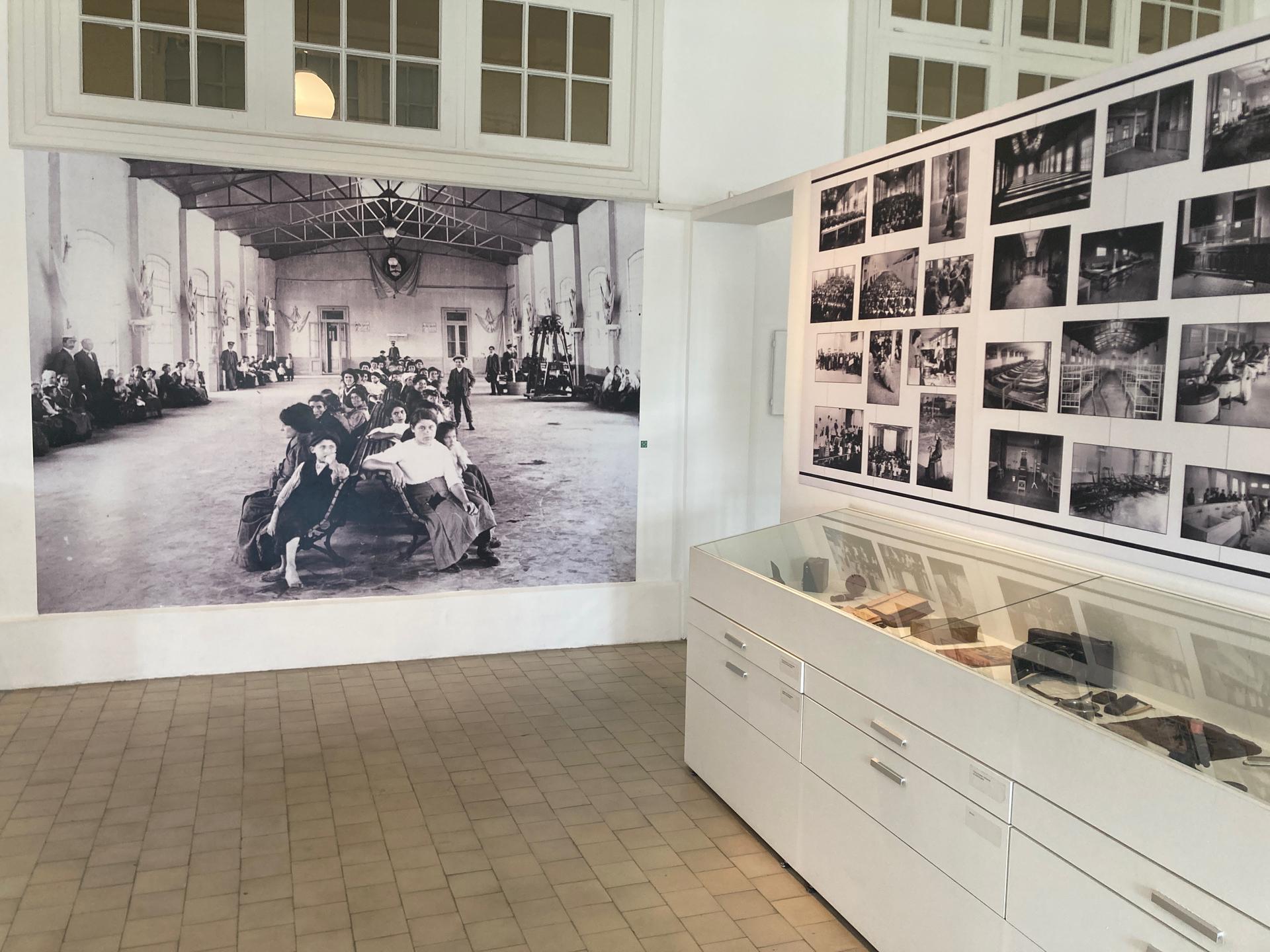In 1914, as Europe was bracing for war, a young Italian farmer named Salvatore Iocco set sail for Argentina. Like millions of European migrants in the 19th and 20th centuries, he sought a better life on the American continent, and Argentina was the top destination after the US.
Salvatore worked in the countryside, had nine children and settled down in Lomas de Zamora, a district in the conurbation of Buenos Aires. He died on March 15, 1965. By then, the great migration from Europe to Argentina had all but ended; if anything, it was starting to reverse course.
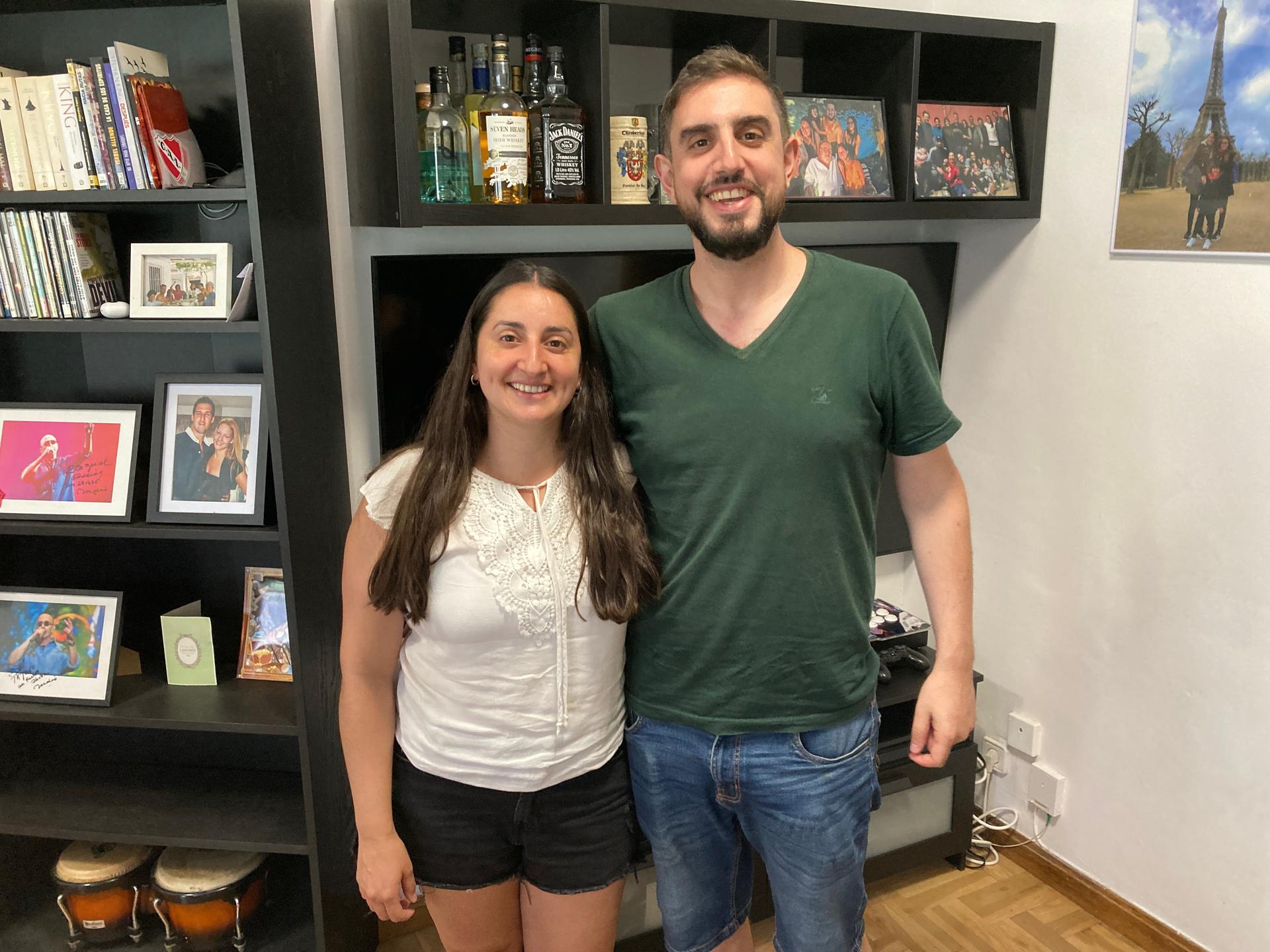
On March 15, 1986, Salvatore’s great-grandson Matías Basualdo was born. Since then, he has grown disillusioned with the country his ancestor had made his home. On top of the country’s crumbling economy and rampant inflation, insecurity was also taking its toll — thieves had recently broken into their home; his wife, Marina González’s car was stolen and Matías’ brother was kidnapped.
“It’s part of our normality, of our day-to-day,” González said. “But I don’t think we should get used to it and accept it.”
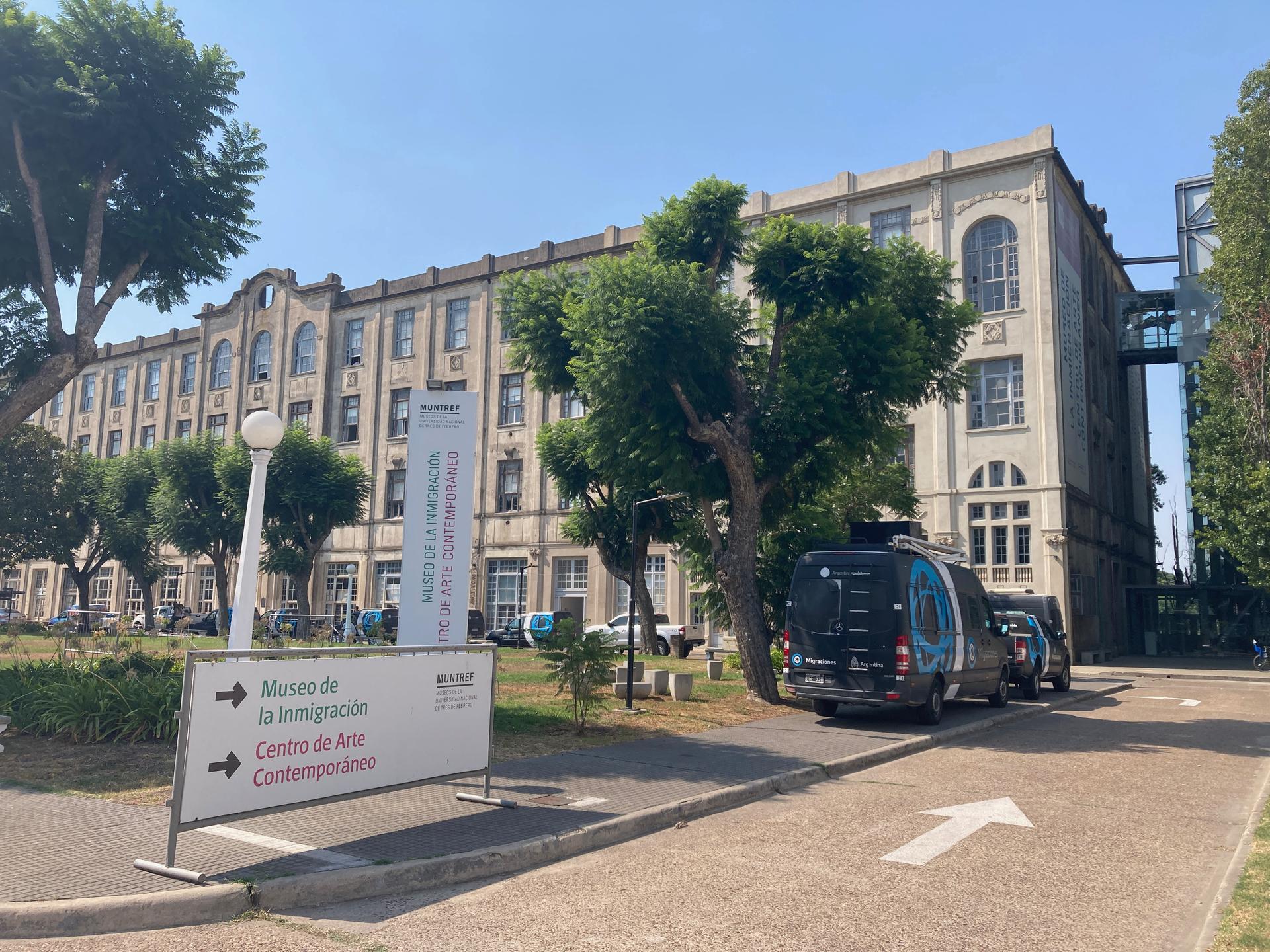
Just like Salvatore, they too wanted to leave their home country and chase a better life abroad. They had an escape plan: retracing Matías’ ancestorship to obtain an Italian passport, which allows free mobility across the EU, and resettling in Spain, where they already had family and friends and knew the language.
It’s a familiar path for their fellow countrymen: 328,333 Argentines live in Spain according to official figures, but the number is estimated to be higher.
Departures from Argentina skyrocketed in the early 2000s following the country’s economic meltdown. The flow slowed and even reversed through the past decade, but it’s on the rise again.
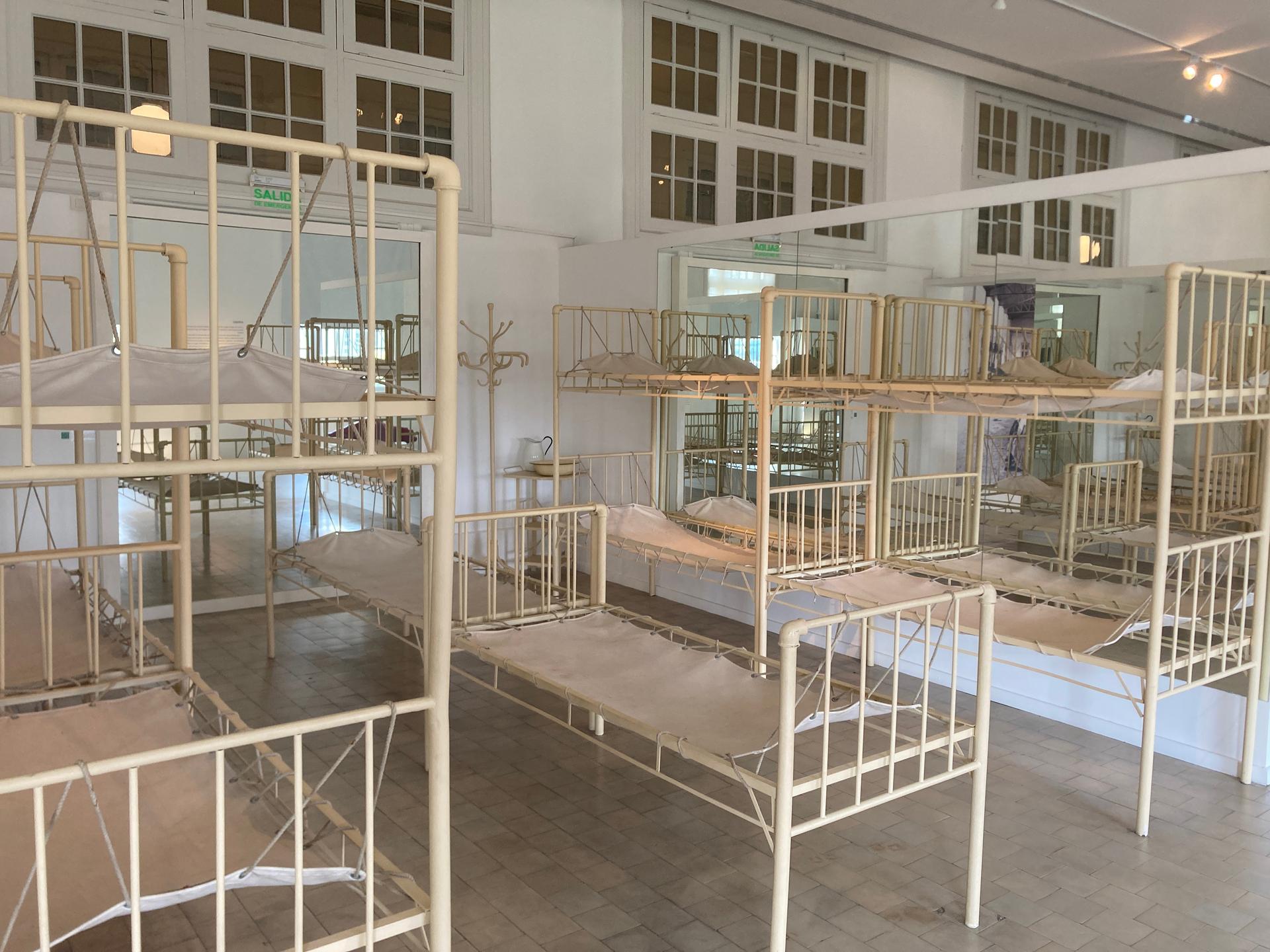
Migration is a defining feature of Argentina’s history. From its first census in 1868 to 1947, the population jumped from 1.7 to nearly 16 million. In 1910, when Argentina celebrated the centenary of its independence from Spain’s colonial rule, half the population of Buenos Aires was made up of foreigners.
Most migrants came from Spain and Italy, and were lured in by the promise of Argentina’s economic expansion. But behind the story of migration, there’s also a story of genocide, said Marcelo Huernos, a researcher at Argentina’s national Museum of Immigration.
“Elites decided to exterminate native people, and replace them with migrants,” he said.
After taking the land from Native tribes, they were in need of workers and had a clear idea of whom they preferred.
“They wanted to create the so-called Argentine race, white and European,” Huernos said.
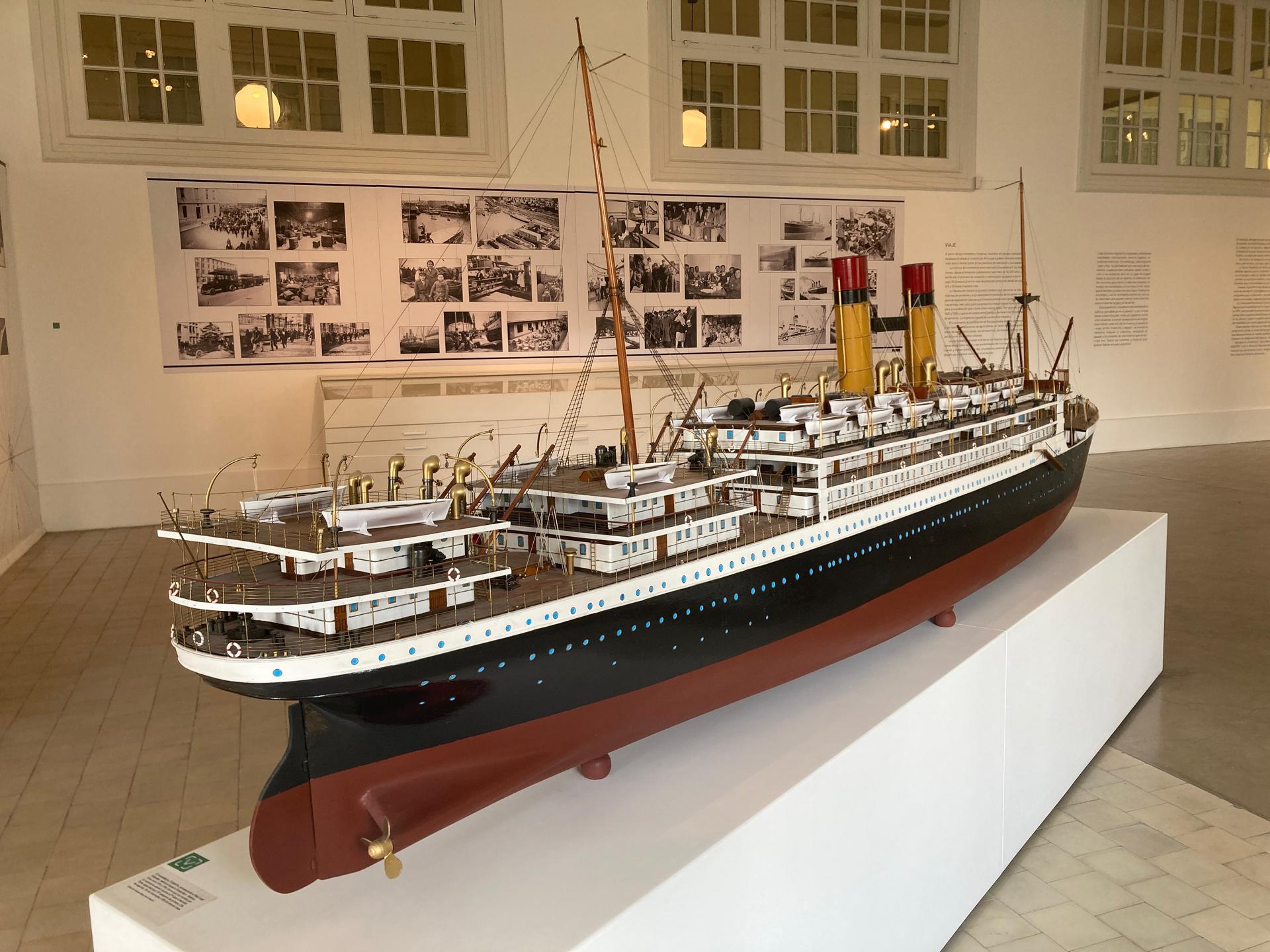
Now that the tables have turned, and aging European nations need young workers, they too are being selective, Huernos said.
“They prefer to welcome Argentines, whites and Catholics, who in theory will fit in culturally, over, say, Muslim Africans,” he said.
European countries offer legal pathways for the descendants of their nationals to reclaim their rights to become citizens — and in Argentina, more and more people are seizing the opportunity.
Demand for European passports has skyrocketed over the past five years, especially after the pandemic, said migration lawyer Gonzalo Outeda, who’s been in the business for about a decade.
“Everybody is doing it,” he said. “First comes a member of a family, then comes the cousin, then the uncle … it’s like a spider web.”
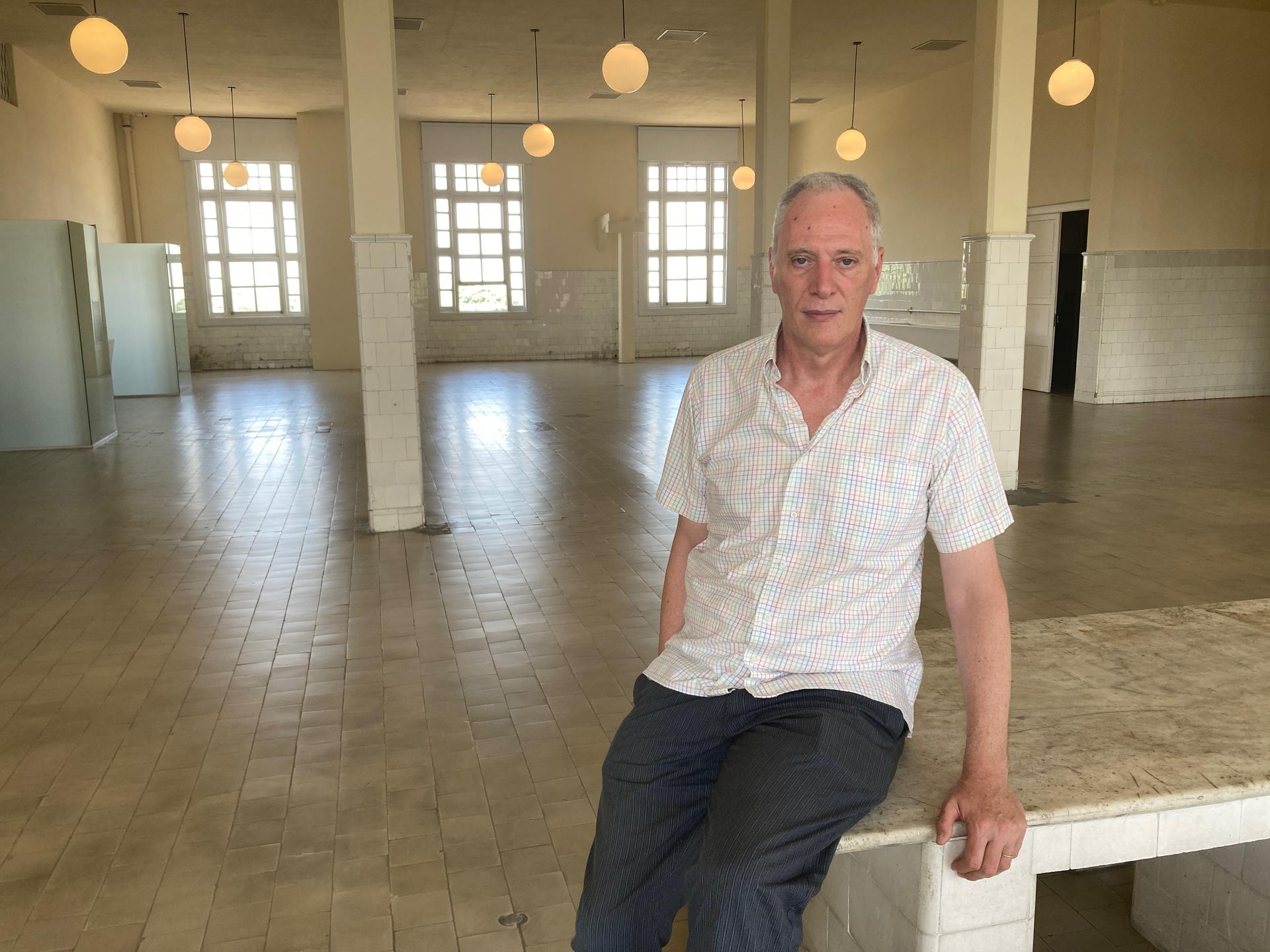
The Italian consulate is so overwhelmed with applications that it can take years to get a turn, and some people even travel to Italy to do all the paperwork there, Outeda said. Getting all the paperwork ready is no easy task, and many people hire migration lawyers to help them with the process.
“You need to create the family tree, with certificates of birth, marriage and death,” he said.
Even with all the paperwork in order, problems can still arise, as Matías Basualdo knows firsthand. Two years ago, he submitted all the documents to apply for Italian citizenship but, he said, he was told that the name of his great-great-grandmother didn’t match up.
It was a slight misspelling: Her name was hispanicized when her son Salvatore arrived in Argentina, and reported his parents’ names for official records. But the consulate said they were two different people, so he had to file a lawsuit to amend it. The whole migration process took years and cost more than $6,000, including official fees, lawyers and translators.
Despite all the bureaucracy, Basualdo and González eventually got good news: Last March, a court finally authorized changing the name of Matías’ great-great-grandmother, so they could complete the application for Italian citizenship.
On May 20, they left Argentina for good.
Related: ‘It’s the new soccer, where stars are born’: Trap music boom inspires Argentine youth
